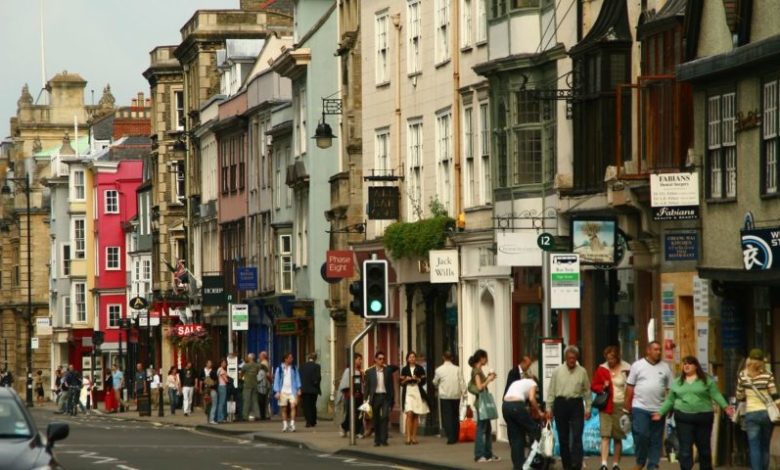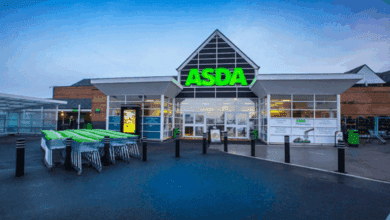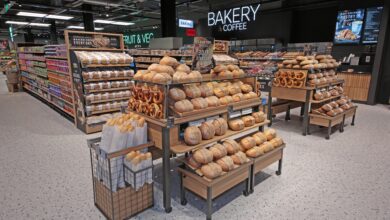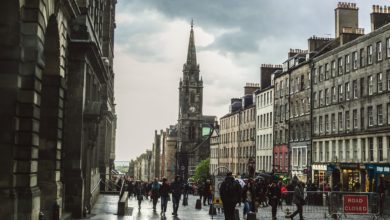Study finds independent retail and leisure outlet growth is soaring

Register to get 1 free article
Reveal the article below by registering for our email newsletter.
Want unlimited access? View Plans
Already have an account? Sign in
As multiple stores like New Look, Maplin and Toys ‘R’ Us close, a study by OnBuy.com has found that this has led to a rapid increase in the number of independent retailers.
The study from the online retailer considered where multiple stores have declined in comparison to areas independent stores are opening.
It found that chain store closures were seen in every region in 2017 – except Yorkshire and the Humber. The West Midlands, Greater London and East of England have seen the most multiple store closures.The North West, West Midlands and Scotland have seen extraordinary, independent growth.
The steepest falls were seen in the West Midlands (-143 multiple closures), Greater London (-92 multiple closures) and the East of England (-86 multiple closures.)
Independents, on the other hand, grew everywhere except in the East (-19 independent closures) and South West (-29 independent closures.) Closing at a much lower rate than multiples across the UK.
The North West (230 independent openings), West Midlands (194 independent openings)
and Scotland (114 independent openings) saw extraordinary growth in their independent store markets.
Additionally the study found that barbers, beauty salons, cafes and tearooms, convenience stores and tobacconists/vaping shops are succeeding in the current climate.
In contrast, pubs and inns, womens clothing, newsagents, bookmakers and shoe shops are suffering vast closures.
Cas Paton, managing director of Onbuy.com, said: “In the grand scheme of things, vacancy rates are low. The fact that only three regions have seen an increase in vacancies is positive and we must focus on this. Otherwise, we risk consistent, un-obliging news of multiple closures obscuring our vision and progress to develop the retail world. It is sad to see well-loved, British companies closing– but we must move with the times.
“Keen business men and women have their eye on vacant spaces across the country and we must support our local independents, bricks-and-mortar businesses. It’s the only way for
retail to survive.”







